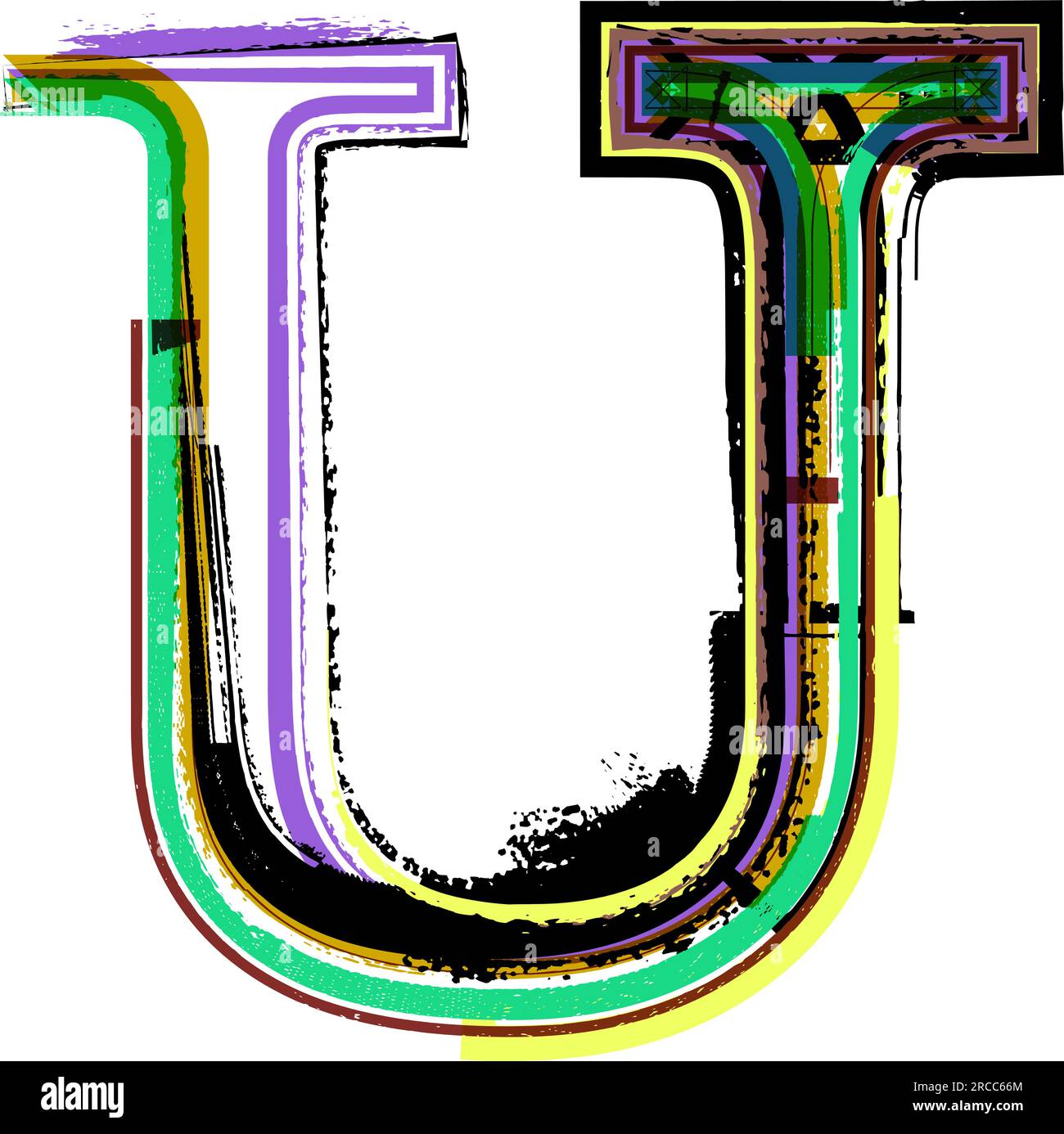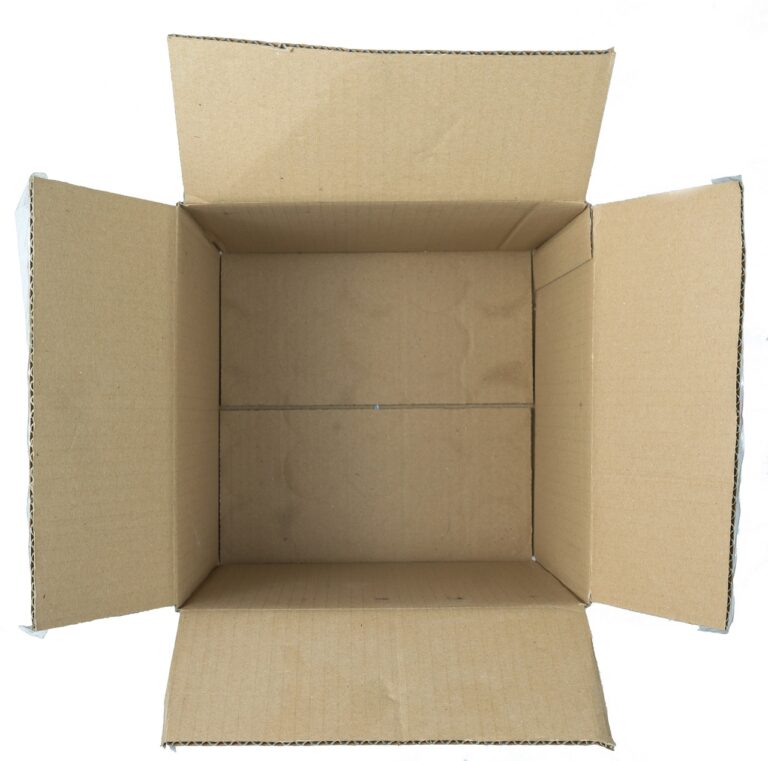U-Haul Trailer Sizes And Lengths: Your Comprehensive Guide to Choosing the Right Haul
U-Haul Trailer Sizes And Lengths: Your Comprehensive Guide to Choosing the Right Haul cars.truckstrend.com
Moving, transporting goods, or embarking on a DIY project often requires the right equipment, and for countless individuals and businesses, U-Haul trailers are the go-to solution. From hauling furniture across town to transporting a classic car across states, U-Haul offers a diverse fleet of trailers designed to meet a myriad of needs. However, the sheer variety of options can be overwhelming. Understanding the different U-Haul trailer sizes and lengths, their capacities, and their ideal uses is crucial for a successful, safe, and cost-effective haul. This comprehensive guide will break down everything you need to know, empowering you to make an informed decision for your next venture.
Why Size Matters: The Importance of Matching Your Haul
U-Haul Trailer Sizes And Lengths: Your Comprehensive Guide to Choosing the Right Haul
Choosing the correct trailer size isn’t just about fitting your items; it’s about safety, efficiency, and even legality. An undersized trailer might force multiple trips, increasing fuel costs and rental time, or worse, lead to dangerous overloading. An oversized trailer, while seemingly safe, can be harder to maneuver, consume more fuel due to increased drag and weight, and might incur unnecessary rental expenses. Moreover, an improperly matched trailer to your towing vehicle can lead to instability, damage to your vehicle, or even accidents. Understanding the dimensions, weight capacities, and specific design of each U-Haul trailer is the first step towards a smooth and stress-free transport experience.
Understanding U-Haul Trailer Categories and Their Specifications
U-Haul categorizes its trailers into three primary types: Cargo Trailers (enclosed), Utility Trailers (open), and Car Haulers (for vehicles). Each category serves distinct purposes and comes in various sizes.
1. U-Haul Cargo Trailers (Enclosed)
These trailers are fully enclosed, providing protection from weather and securing your belongings during transit. They are ideal for moving household goods, furniture, electronics, and anything that needs to stay dry and out of sight.
-
4′ x 8′ Cargo Trailer:

- Internal Dimensions (LxWxH): 8′ x 4′ x 4’5"
- Overall Dimensions (LxWxH): 11’4" x 6’1" x 6’6" (including hitch)
- Deck Height: 1’9"
- Payload Capacity: 1,600 lbs
- GVWR: 2,700 lbs
- Empty Weight: 1,100 lbs
- Ball Size: 1-7/8"
- Ideal Use: Smallest loads, dorm room moves, local errands, small furniture items, boxes. Can typically hold the contents of a small studio apartment.


-
5′ x 8′ Cargo Trailer:
- Internal Dimensions (LxWxH): 8′ x 4’10" x 5’5"
- Overall Dimensions (LxWxH): 11’7" x 7’2" x 7’6" (including hitch)
- Deck Height: 1’9"
- Payload Capacity: 1,800 lbs
- GVWR: 2,700 lbs
- Empty Weight: 900 lbs
- Ball Size: 1-7/8"
- Ideal Use: Small apartments (up to 1 bedroom), queen-size mattresses, small appliances, multiple boxes.
-
5′ x 10′ Cargo Trailer:
- Internal Dimensions (LxWxH): 9’10" x 4’10" x 5’5"
- Overall Dimensions (LxWxH): 13’7" x 7’2" x 7’6" (including hitch)
- Deck Height: 1’9"
- Payload Capacity: 1,550 lbs
- GVWR: 2,700 lbs
- Empty Weight: 1,150 lbs
- Ball Size: 1-7/8"
- Ideal Use: 1-bedroom apartments, slightly larger furniture, small riding lawnmowers, longer items.
-
6′ x 12′ Cargo Trailer:
- Internal Dimensions (LxWxH): 12′ x 6′ x 6′
- Overall Dimensions (LxWxH): 15’9" x 8’1" x 8’2" (including hitch)
- Deck Height: 1’9"
- Payload Capacity: 2,480 lbs
- GVWR: 4,400 lbs
- Empty Weight: 1,920 lbs
- Ball Size: 2"
- Ideal Use: Largest enclosed option, 2-bedroom apartments, large furniture, appliances, bulkier items. Often requires a more robust towing vehicle due to its size and weight capacity.
2. U-Haul Utility Trailers (Open)
Utility trailers are open-top, flatbed trailers, some equipped with ramps for easy loading of wheeled items. They are perfect for hauling oddly shaped items, construction materials, landscaping equipment, motorcycles, or ATVs.
-
5′ x 9′ Utility Trailer (with Ramp):
- Internal Dimensions (LxW): 9’2" x 5’1"
- Overall Dimensions (LxWxH): 12’11" x 7’6" x 4’7" (including hitch)
- Deck Height: 2′
- Payload Capacity: 1,650 lbs
- GVWR: 2,700 lbs
- Empty Weight: 1,050 lbs
- Ball Size: 1-7/8"
- Ideal Use: General hauling, landscaping debris, motorcycles, ATVs, small riding lawnmowers, furniture with less concern for weather exposure.
-
6′ x 12′ Utility Trailer (with Ramp):
- Internal Dimensions (LxW): 12’2" x 6’2"
- Overall Dimensions (LxWxH): 15’11" x 8’2" x 4’7" (including hitch)
- Deck Height: 2′
- Payload Capacity: 2,670 lbs
- GVWR: 4,400 lbs
- Empty Weight: 1,730 lbs
- Ball Size: 2"
- Ideal Use: Larger construction materials, heavier equipment, multiple motorcycles, small vehicles (e.g., golf carts), large landscaping projects.
3. U-Haul Car Haulers (for Vehicles)
Designed specifically for transporting vehicles, these trailers come in two main types: full auto transports and tow dollies.
-
U-Haul Auto Transport (Full Trailer):
- Internal Deck Dimensions (LxW): 14’8" x 6’8"
- Overall Dimensions (LxWxH): 19’4" x 8′ x 2’2" (including hitch)
- Payload Capacity: 5,290 lbs
- GVWR: 7,500 lbs
- Empty Weight: 2,210 lbs
- Ball Size: 2"
- Ideal Use: Transporting most cars, SUVs, and light trucks with all four wheels off the ground. Provides maximum protection and stability for the towed vehicle. Requires a robust towing vehicle with significant towing capacity.
-
U-Haul Tow Dolly:
- Overall Dimensions (LxWxH): 12’4" x 8′ x 2’2" (including hitch)
- Towed Vehicle Weight Capacity: 3,900 lbs (front wheels only)
- GVWR: 3,500 lbs
- Empty Weight: 650 lbs
- Ball Size: 1-7/8"
- Ideal Use: Transporting front-wheel drive (FWD) or all-wheel drive (AWD) vehicles with the front two wheels elevated. More economical and lighter than an auto transport, but less suitable for rear-wheel drive (RWD) vehicles unless the drive shaft is disconnected.
Choosing the Right U-Haul Trailer: A Step-by-Step Guide
Selecting the perfect U-Haul trailer involves more than just guessing. Follow these steps for an informed decision:
-
Assess Your Cargo:
- What are you moving? List all items.
- Dimensions: Measure the longest, widest, and tallest items, especially furniture or appliances. This will determine the minimum internal dimensions you need.
- Weight: Estimate the total weight of all your items. Be realistic. Overloading is dangerous. U-Haul’s website offers helpful estimators for typical household items.
- Protection Needs: Do your items need to be protected from weather, road debris, or theft? If so, an enclosed cargo trailer is essential.
-
Consider Your Towing Vehicle:
- Towing Capacity: This is paramount. Check your vehicle’s owner’s manual for its maximum towing capacity. This rating includes the empty weight of the trailer plus its loaded weight (GVWR). Never exceed this limit.
- Hitch Type and Class: Ensure your vehicle has a hitch receiver and that it’s rated for the trailer’s GVWR. U-Haul specifies the required hitch ball size (1-7/8" or 2") for each trailer.
- Electrical Connection: Your vehicle needs a working 4-way flat light connector to power the trailer’s lights. U-Haul can provide adapters if needed.
- Rear-Wheel Drive vs. Front-Wheel Drive: RWD vehicles generally handle towing better than FWD vehicles, especially for heavier loads.
-
Factor in Distance and Terrain:
- For long distances or challenging terrain (mountains, steep inclines), err on the side of caution with trailer size and ensure your towing vehicle is more than capable.
-
Enclosed vs. Open:
- Enclosed Cargo Trailer: Best for household goods, electronics, anything valuable or susceptible to weather. Provides security.
- Open Utility Trailer: Ideal for large, bulky, oddly shaped items, construction materials, landscaping waste, or wheeled equipment like motorcycles or ATVs. Items are exposed to the elements.
-
Safety Considerations:
- Load Distribution: Always load the trailer with about 60% of the weight in the front half (closer to the hitch) and the remaining 40% over the rear axle. Improper distribution can lead to dangerous trailer sway.
- Securing the Load: Use tie-downs, ropes, and moving blankets to prevent items from shifting during transit. U-Haul trailers typically have interior tie-down points.
Practical Tips for Renting and Towing
- Reserve in Advance: Especially during peak moving seasons (summer, end of month), trailers can be scarce.
- Inspect the Trailer: Before leaving the lot, check tires, lights, hitch connection, and overall condition. Report any issues immediately.
- Proper Hitching: Ensure the hitch ball is securely latched, the safety chains are crossed and attached, and the electrical connector is plugged in.
- Drive Cautiously: Allow for longer braking distances, wider turns, and reduce your speed, especially in adverse weather. Avoid sudden lane changes.
- Check Lights Regularly: Ensure your trailer’s brake lights, turn signals, and running lights are all functioning throughout your trip.
- Return on Time: Avoid extra charges by returning the trailer by the agreed-upon time.
U-Haul Trailer Specifications and Typical Usage
Here’s a concise overview of U-Haul’s popular trailer types, their key specifications, and estimated daily rental price ranges (prices vary significantly by location, demand, and duration).
| Trailer Type | Internal Dimensions (LxWxH) | Max Payload | Hitch Ball Size | Typical Use Cases | Approx. Daily Rental Price Range (Estimate)* |
|---|---|---|---|---|---|
| Cargo Trailers | |||||
| 4′ x 8′ | 8′ x 4′ x 4’5" | 1,600 lbs | 1-7/8" | Small loads, dorms, studio apts, local errands | $15 – $25 |
| 5′ x 8′ | 8′ x 4’10" x 5’5" | 1,800 lbs | 1-7/8" | Small 1-BR apts, queen mattresses, small appliances | $20 – $30 |
| 5′ x 10′ | 9’10" x 4’10" x 5’5" | 1,550 lbs | 1-7/8" | 1-BR apts, slightly larger furniture, longer items | $25 – $35 |
| 6′ x 12′ | 12′ x 6′ x 6′ | 2,480 lbs | 2" | 2-BR apts, large furniture, appliances, bulkier items | $30 – $45 |
| Utility Trailers | |||||
| 5′ x 9′ (w/ ramp) | 9’2" x 5’1" (open) | 1,650 lbs | 1-7/8" | Motorcycles, ATVs, lawnmowers, general open hauling | $20 – $30 |
| 6′ x 12′ (w/ ramp) | 12’2" x 6’2" (open) | 2,670 lbs | 2" | Larger equipment, multiple motorcycles, construction | $30 – $45 |
| Car Haulers | |||||
| Auto Transport | 14’8" x 6’8" (deck) | 5,290 lbs | 2" | Most cars, SUVs, light trucks (all 4 wheels up) | $60 – $80 (local), $100+ (one-way) |
| Tow Dolly | N/A (2 wheels up) | 3,900 lbs | 1-7/8" | FWD/AWD vehicles (front 2 wheels up), lighter cars | $35 – $50 (local), $70+ (one-way) |
*Note: Prices are estimates for local daily rentals and can vary significantly based on location, availability, demand, rental duration (local vs. one-way), and promotional offers. Always get a precise quote from U-Haul for your specific needs.
Frequently Asked Questions (FAQ)
Q: What do I need to tow a U-Haul trailer?
A: You’ll need a vehicle with sufficient towing capacity, a proper hitch receiver, a hitch ball of the correct size (1-7/8" or 2"), and a working 4-way flat electrical connector for the trailer lights.
Q: Can I tow a U-Haul trailer with my car?
A: It depends on your car’s towing capacity. Many smaller cars are only suitable for tow dollies or the smallest 4×8 cargo trailers, if at all. Always check your vehicle’s owner’s manual for its specific towing limits.
Q: Do U-Haul trailers have brakes?
A: U-Haul’s larger trailers (6×12 cargo, 6×12 utility, and auto transports) typically have surge brakes, which engage automatically as your tow vehicle slows down. Smaller trailers usually do not have independent braking systems.
Q: What’s the difference between cargo and utility trailers?
A: Cargo trailers are enclosed, offering protection from weather and enhanced security. Utility trailers are open, making them suitable for oddly shaped items, construction materials, or wheeled equipment that doesn’t need protection from the elements.
Q: How do I know what size trailer I need?
A: Estimate the total cubic feet of your belongings and their collective weight. U-Haul provides online tools and estimators to help, or you can consult with a U-Haul representative based on your item list. When in doubt, it’s often safer to go slightly larger than too small, provided your towing vehicle can handle it.
Q: Can I rent a trailer one-way?
A: Yes, U-Haul offers one-way rentals for most of its trailers, allowing you to pick up a trailer in one location and drop it off at another U-Haul center. One-way rental prices are typically higher than local rentals.
Conclusion
Navigating the world of U-Haul trailer sizes and lengths doesn’t have to be daunting. By understanding the distinct categories, their specific dimensions, and payload capacities, you can confidently select the trailer that perfectly matches your moving or hauling requirements. Remember to always prioritize safety by never exceeding your towing vehicle’s capacity and properly distributing and securing your load. With the right U-Haul trailer, your next transport task will be efficient, safe, and stress-free. Happy hauling!




